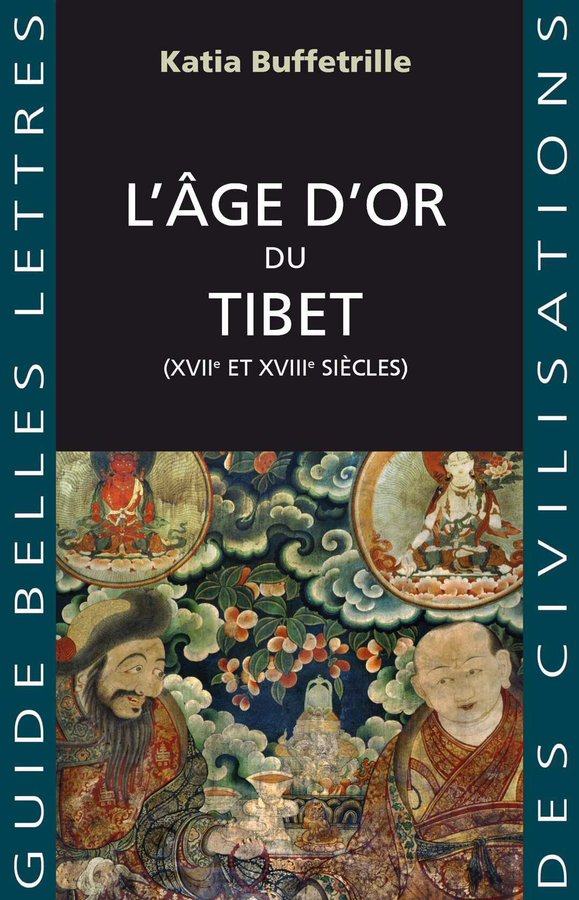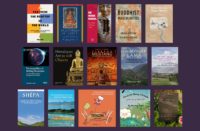
Published by Les Belles Lettres in September 2019, “L’Age d’Or Du Tibet (xviie Et Xviiie Siecles)” is a French language publication by Katia Buffetrille that guides readers through various aspects of Tibetan culture.
From the Les Belles Lettres website:
Le Pays des neiges, dont le Ve dalaï-lama fut le premier à exercer les pouvoirs spirituel et temporel, a nourri les rêves les plus fantaisistes des Occidentaux. Ses hautes montagnes ont dissimulé une civilisation d’une richesse inouïe, longtemps demeurée méconnue. Le Tibet des XVIIe et XVIIIe siècles a engendré une activité intellectuelle et artistique foisonnante et transformé les institutions politiques, lui conférant un caractère unique qu’il a conservé jusqu’à l’invasion chinoise de 1950. C’est ce Tibet qu’évoque ce guide, un Tibet parfois déroutant, souvent attachant et toujours exceptionnel.
Tibet, a source of wonder for countless Westerners—the object of a whole mythology and fantasy still prevalent today—is gradually vanishing in the midst of the country’s political, economic and demographic colonization process engaged by Chinese authorities since their invasion in the 1950s. L’âge d’or du Tibet : XVIIe et XVIIIe siècles leads us into the very heart of this civilization.
This work, which focuses on a pivotal period in Tibet’s history that shaped the country up until the Chinese occupation, guides readers through the various aspects of Tibetan culture, allowing them to appreciate all of its bounty and complexity. Not only are history, geography, political and economic organization, and religion discussed, but the Tibetans’ daily lives, their arts, and their leisure activities as well: what this guide invites us to experience is the rebirth of an exceptional civilization.
The book relies on numerous Western and Tibetan language sources, and is enhanced not only by interesting anecdotes and ancient testimonies, but also by many drawings and photographs. Thanks to his long familiarity with Tibetan terrain, the author corrects the clichés and misconceptions that Tibet has given rise to beyond its borders—and sometimes still does. In particular, it shows how this people managed to build an original civilization on their own land, while reshaping, so as to better adopt them, what they borrowed from their giant neighbors, India and China.
Order on Amazon here: https://amzn.to/34NLy3B





Follow Us!